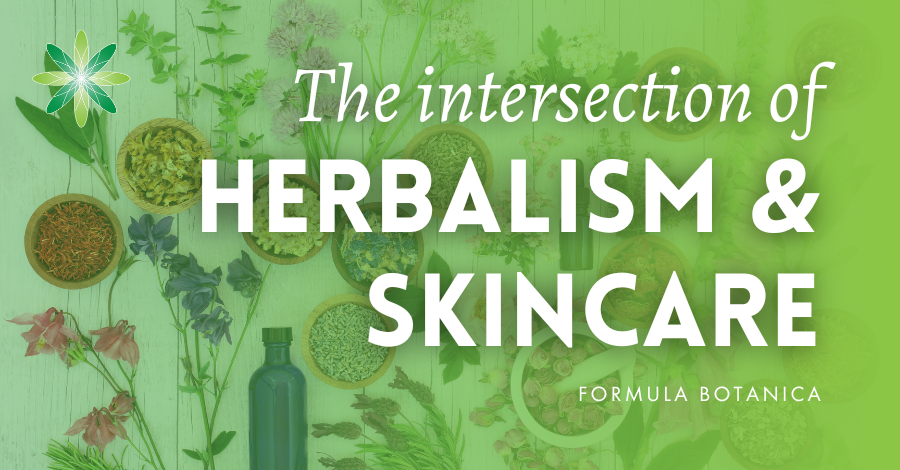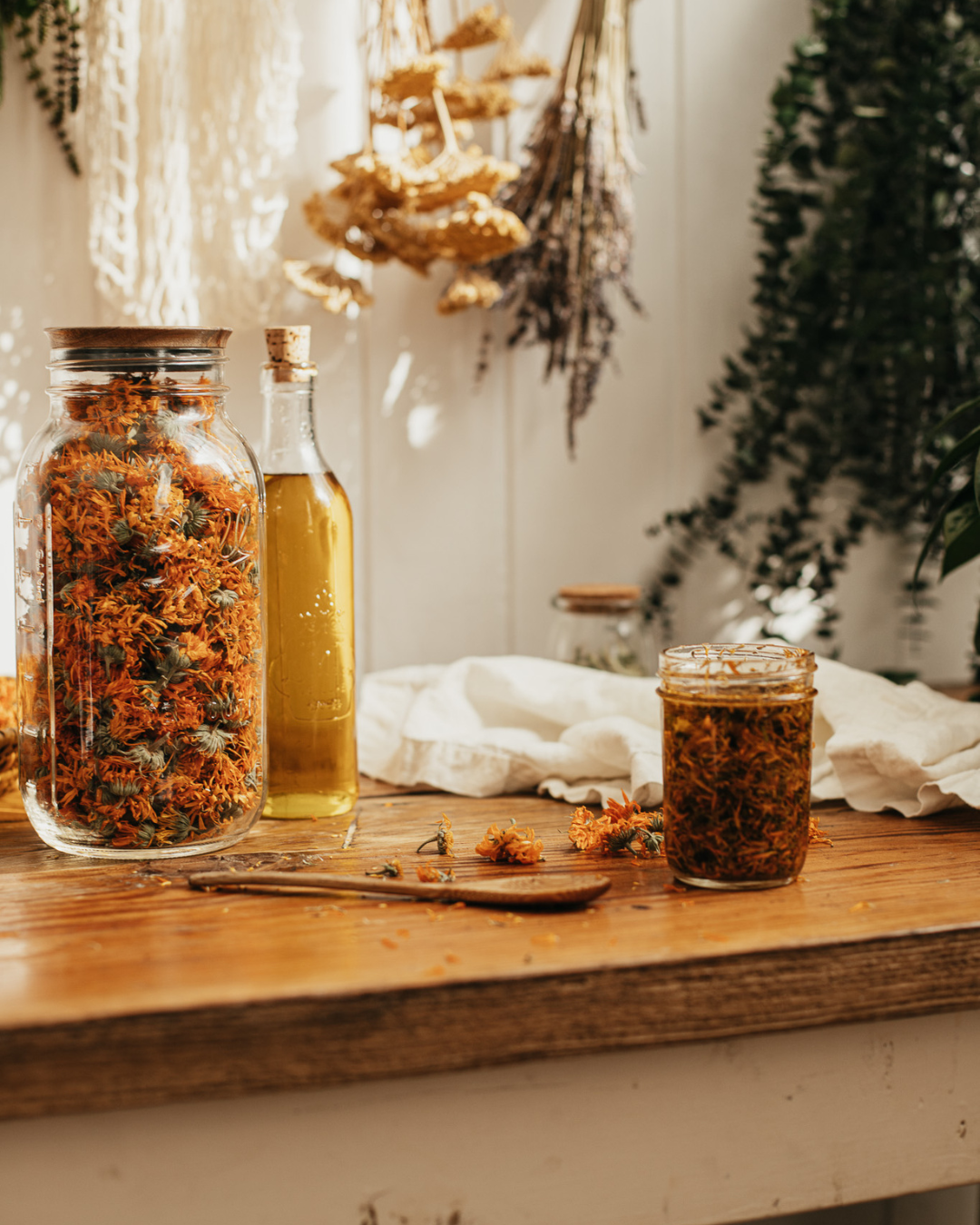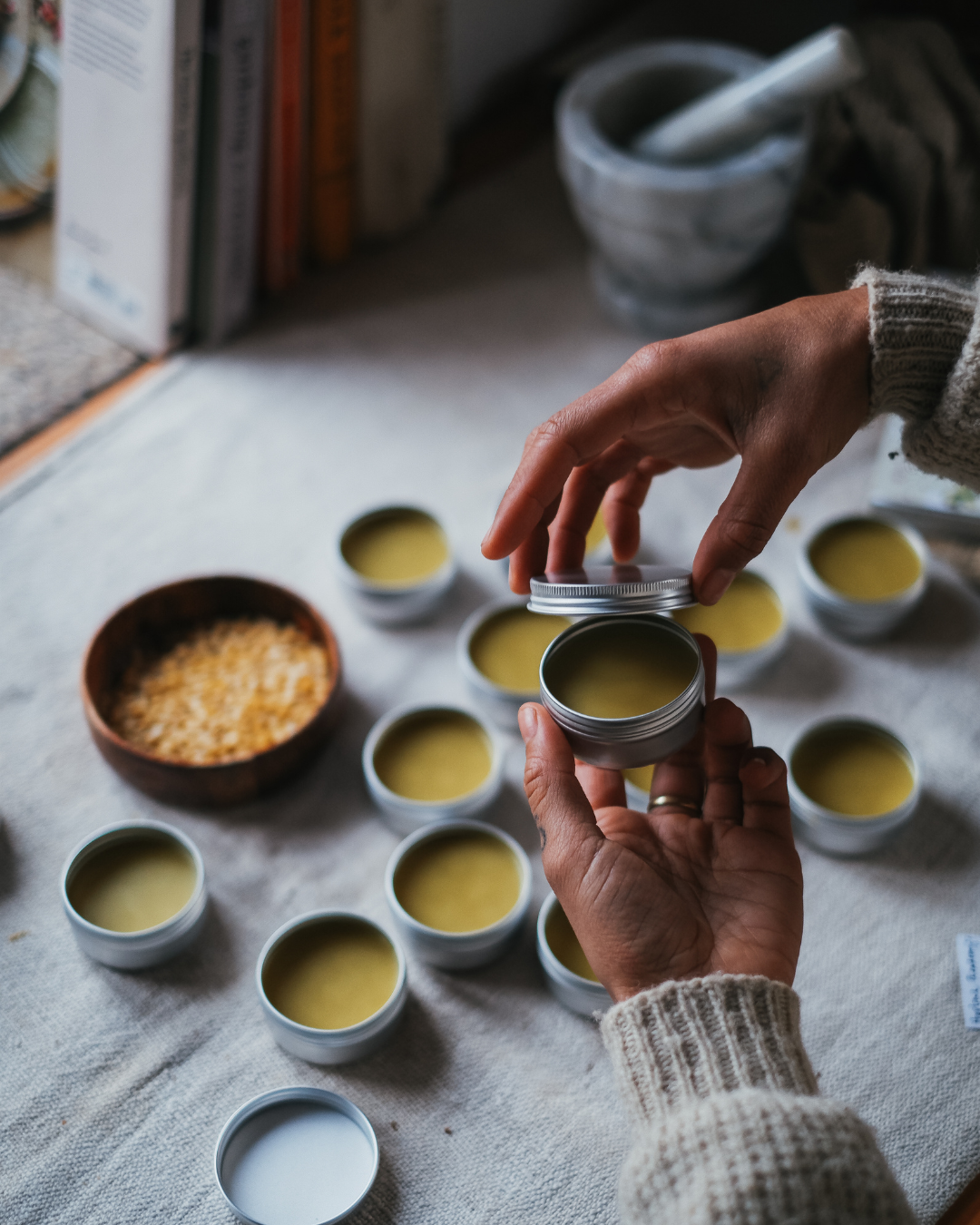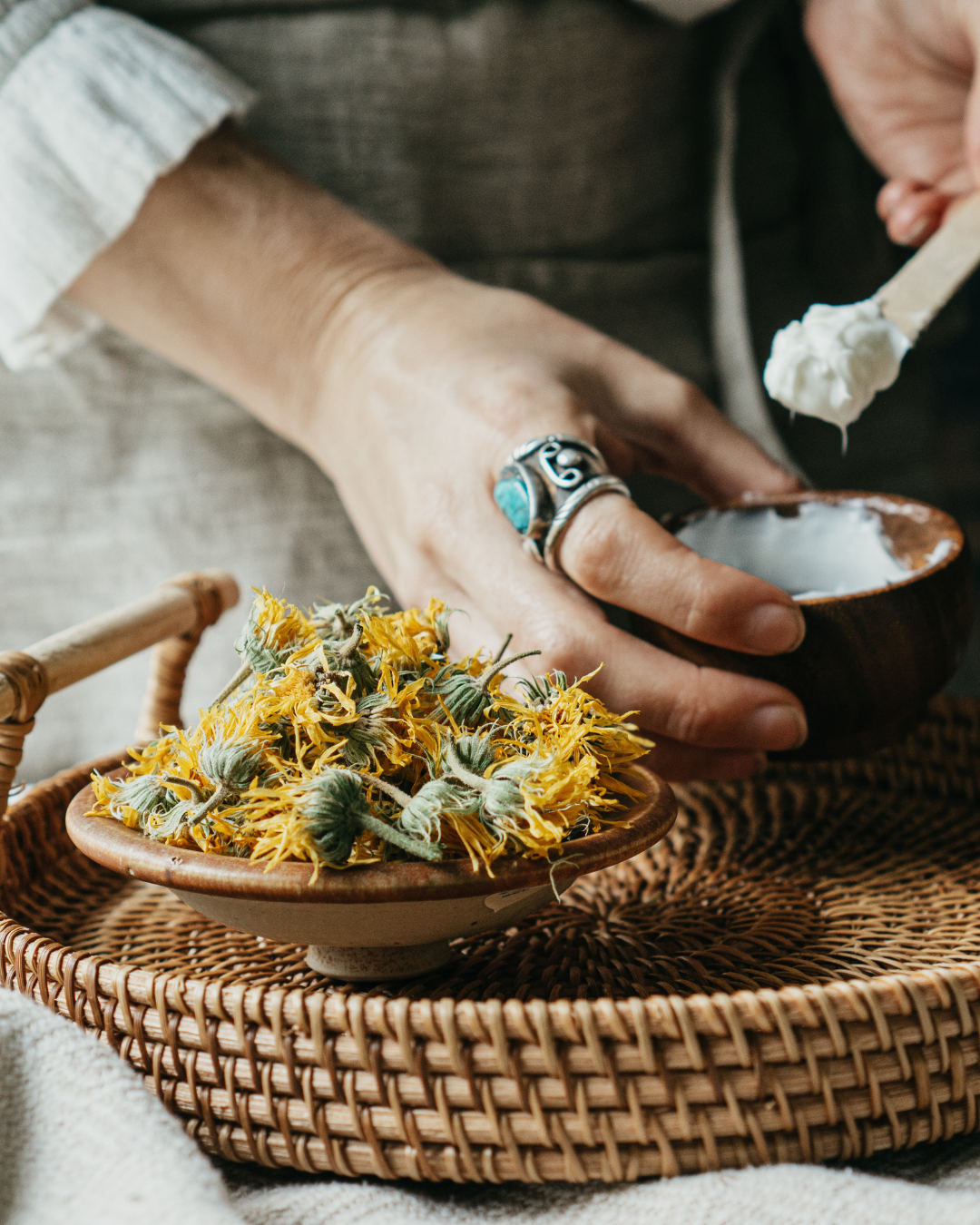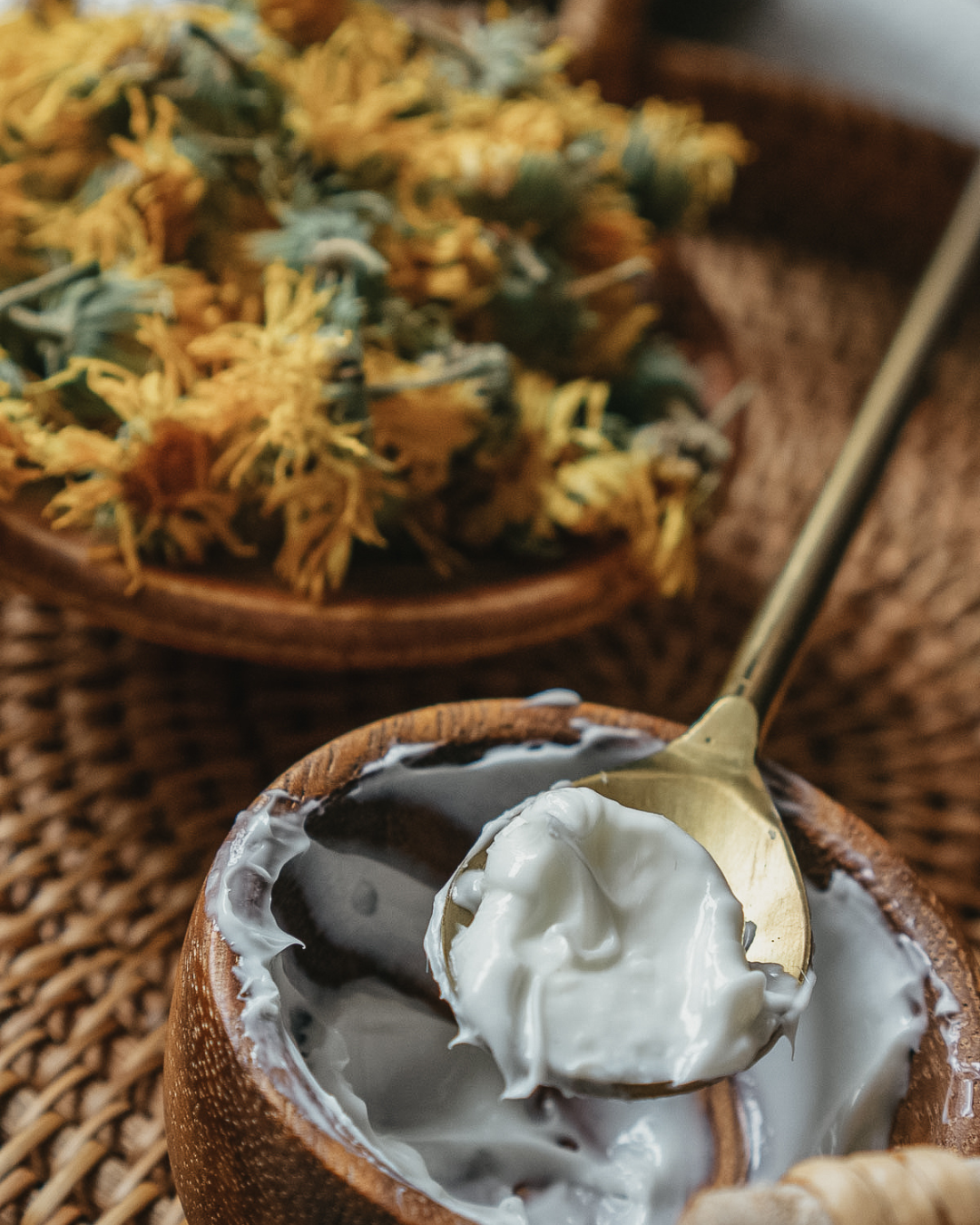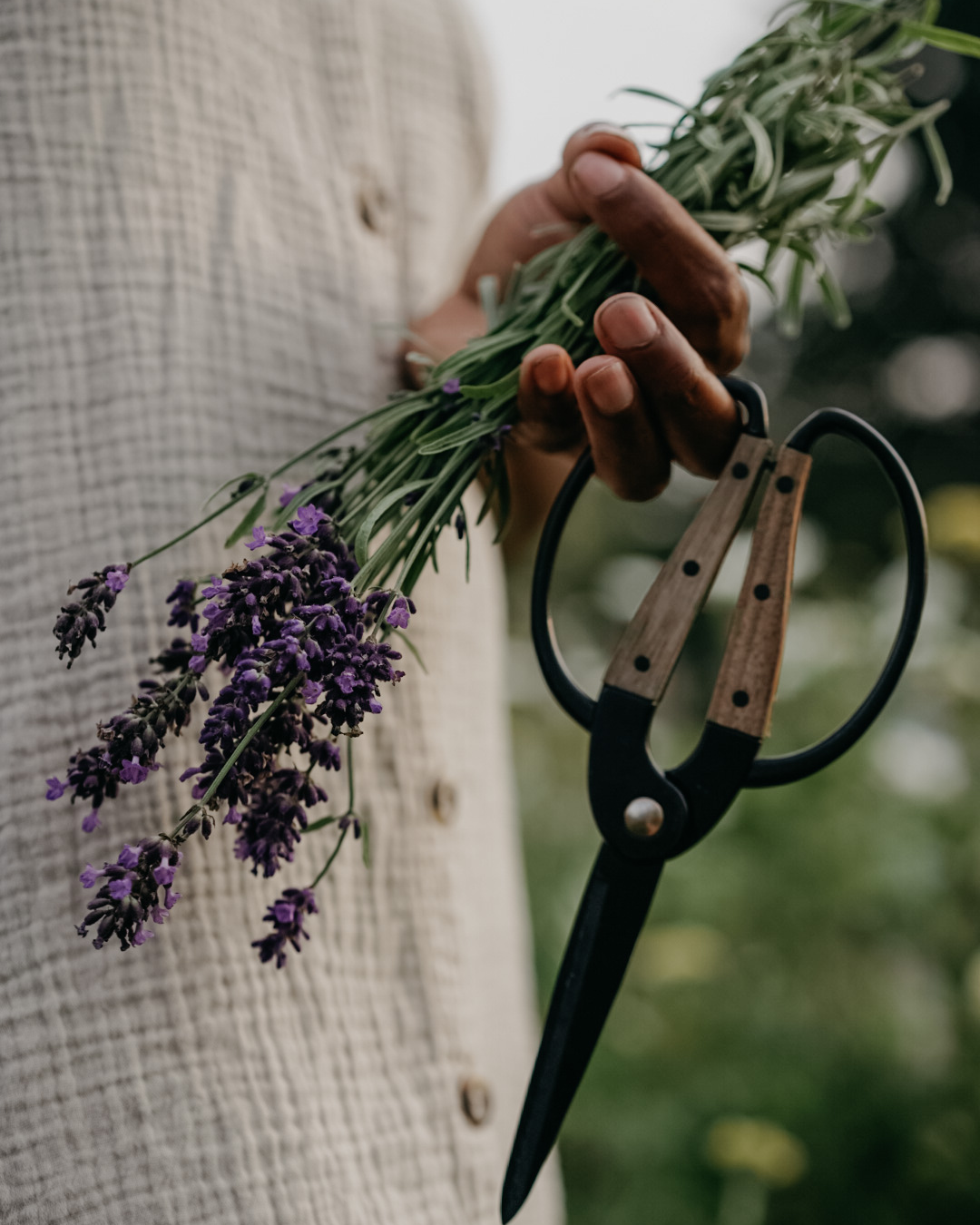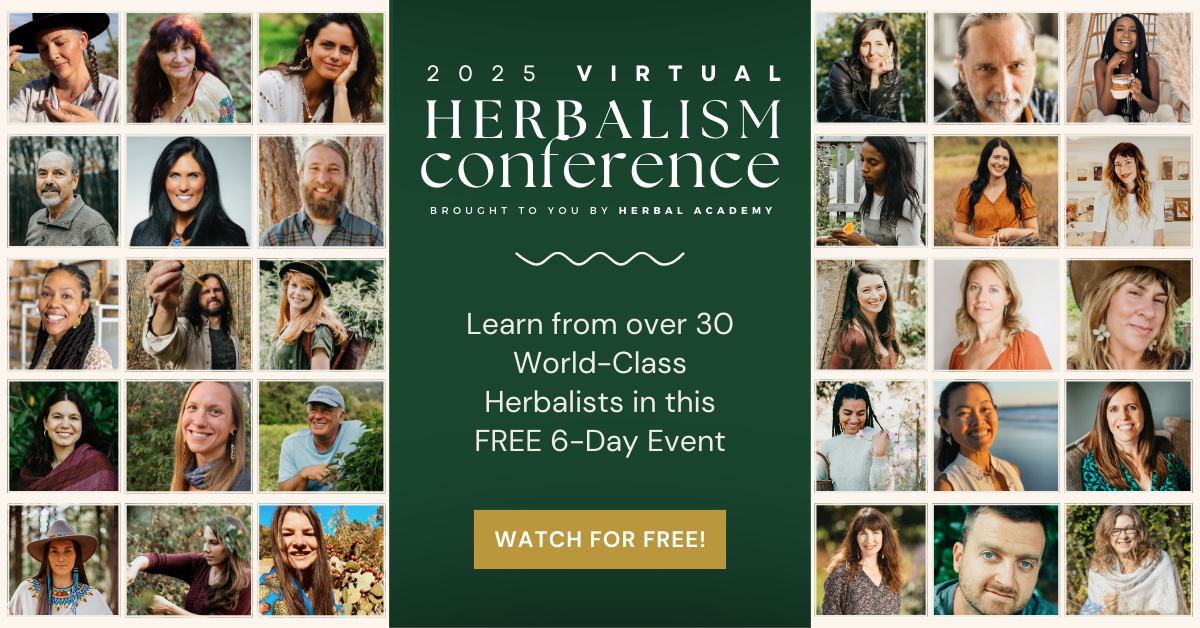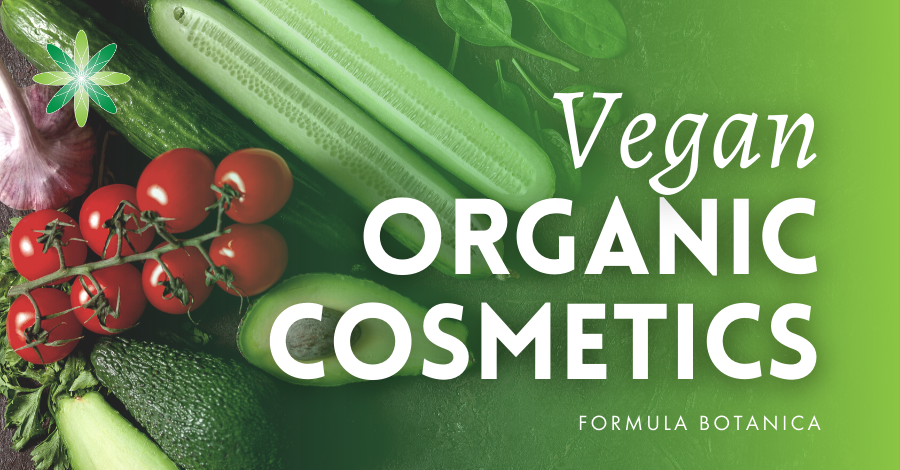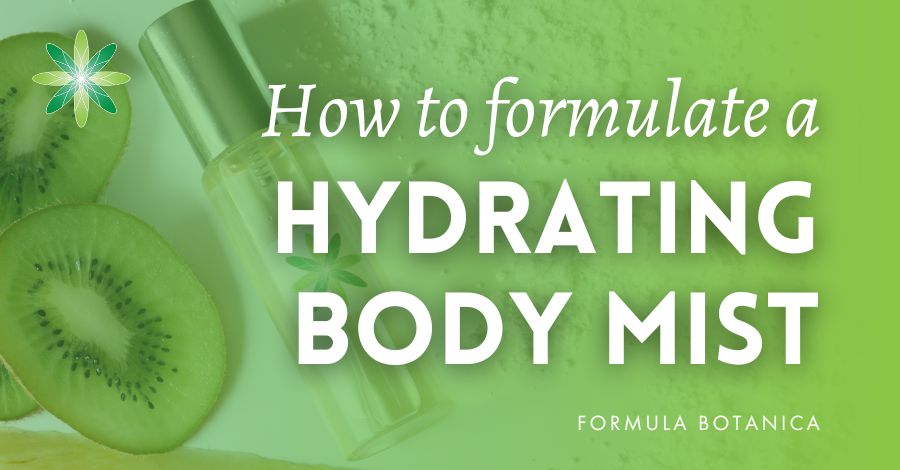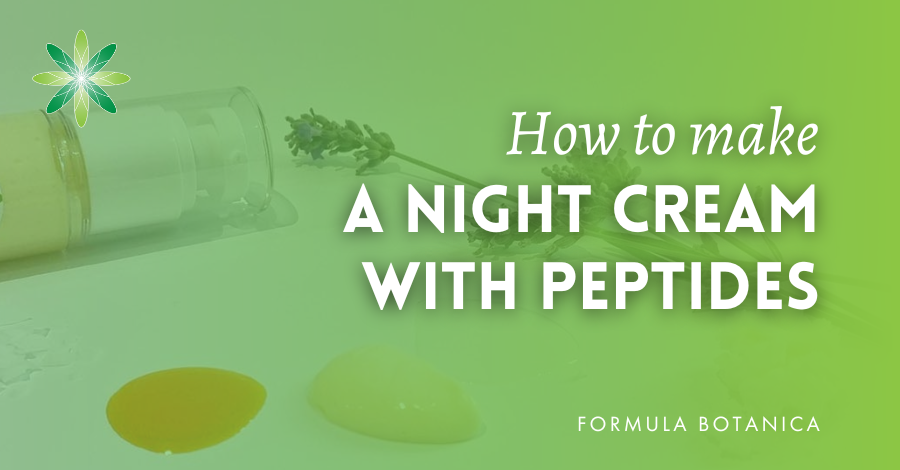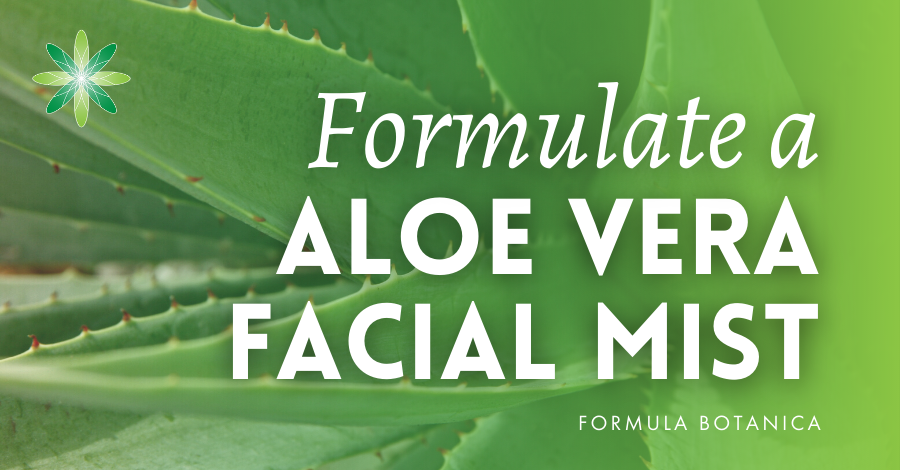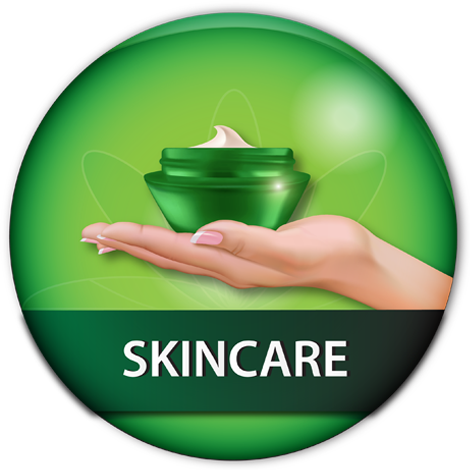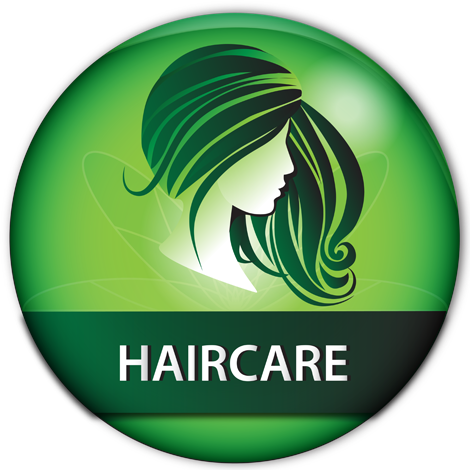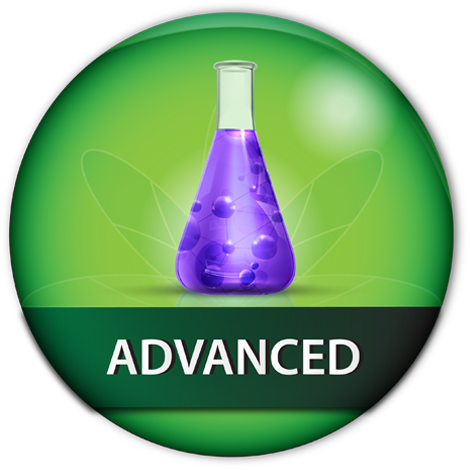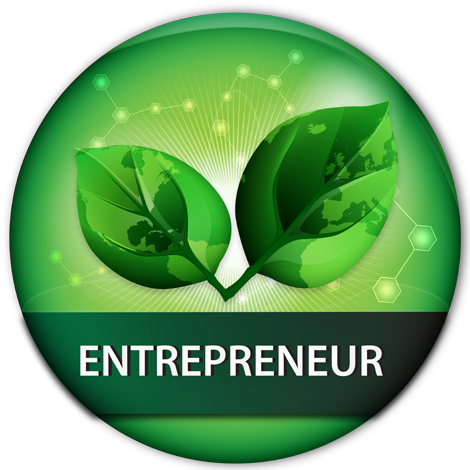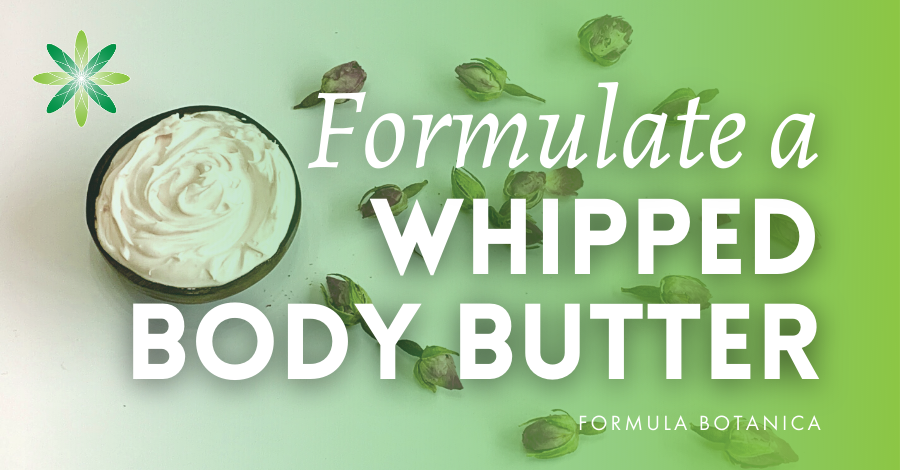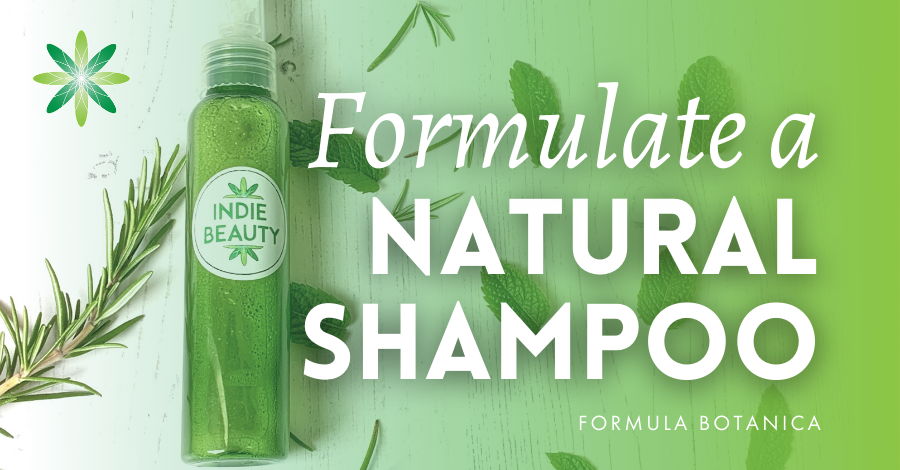At Formula Botanica, we often get asked about herbalism and how to integrate the wisdom of herbs into skincare formulations. So we turned to an expert for answers.
Meet Lindsey Feldpausch – clinical herbalist, educator, and host of this year’s Herbal Academy virtual conference, a free event to inspire your deepening of plant knowledge and herbal community. As the Programs Coordinator at the Herbal Academy, Lindsey’s extensive expertise and passion for herbalism shine through in everything she does, including this interview.
In this exclusive conversation, Lindsey uncovers the fascinating link between herbalism and skincare formulation, offering invaluable insights for formulators at every level.
Q&A with Lindsey Feldpausch
Herbalism and skincare have been linked for centuries and while we’ve covered some aspects of herbalism in our previous blog posts, we’re excited to learn more about this fascinating topic. Thank you Lindsey for sharing your thoughts and expertise!
Hi Lindsey, nice to meet you! Can you introduce yourself?
Hi, I’m Lindsey! I’m a clinical herbalist and educator, and also the Programs Coordinator at the Herbal Academy, an incredible online herbalism school, where I get to be involved in lots of different projects and work alongside passionate people.
Can you define herbalism?
Sure! Herbalism is the practice of utilising plants for their physiological effects. It encompasses a broad range of applications, from simple teas and culinary herbs to potent extracts like tinctures and infused oils.
When it comes to skincare, herbalism offers powerful tools to nourish and support healing for skin-related concerns. For example, you could use calendula-infused oil as a vulnerary to support tissue regeneration, or chamomile extract to calm inflammation.
How did you get into herbalism?
Growing up in America, I spent lots of time outdoors but I didn’t really connect with nature or understand where our food came from. Everything changed when I moved into a house with friends and we started a garden.
It was the first time in my life I’d grown food, and it made me realise how amazing plants are. This sparked my curiosity about other plants, and I started experimenting with herbs like mugwort, wormwood, and sage. I even made my first-ever tincture back then!
My first herb book, “Botany in a Day” by Thomas J. Elpel, started off my self-study, leading me to dive deeper into herbalism and, eventually into clinical herbalism. I’ve been practising for 15 years now, helping people use plants to support their health. It’s been an amazing journey!
Absolutely! Herbalism is one of humanity’s oldest practices, with evidence from ancient civilisations like the Sumerians, who used plants like garlic, plantain, and liquorice for various ailments. While Western medicine has moved toward pharmaceuticals, herbal traditions remain central in many cultures worldwide.
Herbalism was humanity’s first form of medicine. Even today, plants continue to form the foundation of healthcare for countless people. Many pharmaceutical drugs were first derived from plant constituents – the active ingredient in aspirin, acetylsalicylic acid, was synthesised from a compound in willow trees. If you’re keen to dive deeper into the history of herbalism, I highly recommend “Green Pharmacy” by Barbara Griggs.
Beyond their therapeutic value, we also rely on plants for food, shelter, and other essentials. In fact, herbalism is seeing a resurgence as people increasingly seek natural and holistic approaches to health. Today, herbalism is recognised as both a science and an art – blending ancient wisdom with modern research.
Do you have any favourite herbs you use on a day-to-day basis?
Oh, this is always such a tough question. One of my absolute favourites is skullcap. It’s a nerve tonic that helps support the nervous system, especially when life feels overwhelming or stressful. I take it in tincture form, and it helps me feel like I can handle stress a lot better.
I also love milky oats for the same reason. It’s another nerve tonic and when the fresh milky oat seed, it exudes a latex-like substance that’s amazing for the nervous system. I use milky oats for “worn-out brain workers” – and as someone who works on a computer for hours every day, it’s an essential herb for me.
What are the benefits of herbalism in skincare?
Herbalism offers a wide range of benefits for skincare, both through topical and internal applications. Plants have been used for centuries for their beneficial properties, and they continue to be a cornerstone of natural skincare today.
Herbs like calendula are known for their ability to regenerate tissue, chamomile helps soothe inflammation, and rose is great for toning and hydrating the skin.
Herbalism is particularly valued for its holistic approach – it addresses not only the skin’s surface but also potential underlying imbalances in the body. For example, many skin conditions like eczema, acne, and rosacea can be connected to internal issues such as gut health, stress, or liver function. By using herbs and preparations that support both internal and external health, you can create a more comprehensive skincare protocol that nurtures your body as a whole.
Can you talk more about this holistic approach to skincare?
Sure. A holistic approach to skincare goes beyond topical products – it’s about the connection between our gut health and the skin as an organ of detoxification. The gut is the centre of health and consumption of processed foods, exposure to chemicals in our environment and in common products, or even things like infections, can lead to inflammation in the gut, which increases tissue permeability systemically impacting our bodies. This inflammatory cascade can show up in the skin in many ways.
The skin also has its own microbiome that needs to be nurtured. Harsh chemicals, excessive cleansing, and alcohol-based products can disrupt this balance, causing topical irritation and inflammation.
How can you integrate herbs in skincare formulations?
Start by understanding the properties of herbs and how they align with your product’s goals. A great starting point is using oils to extract beneficial compounds from herbs. These herb-infused oils can then be incorporated into various formulations, such as balms, serums, lotions, and butters.
For water-based formulations, herbal infusions and decoctions are excellent options for the skin as well. These can be used in products like toners and lotions, or be applied directly in more immediate applications like soaks or compresses for wound care. You could also use hydrosols, produced through steam distillation alongside essential oils, which carry the aromatic qualities of the plant.
Essential oils, created through this distillation of plant materials, are also powerful tools. They consist of volatile compounds like terpenes, which can provide aromatherapeutic benefits, and in the case of some plants, direct tissue support when properly diluted.
How do you select your herbs for skincare formulation?
In herbalism, we use a concept called “energetics,” which refers to the qualities of both plants and the body. For example, when choosing herbs, I look at whether the skin condition is “hot” or “cold.”
If you have something like a sunburn, that’s a “hot” and “dry” condition – red and irritated. So I would use cooling and moistening herbs, like aloe, which is soothing because it contains mucilage, a long-chain sugar that cools and hydrates hot, dry, irritated skin.
Energetics also helps us understand the body’s inherent constitution. Some people “run hot,” while others “run cold.” If the skin is dry or irritated, I might turn to herbs like marshmallow root, which is moistening. If the skin is overly moist, I would look for drying or astringent herbs which contain tannins that tighten and tone, creating a localised drying effect.
So, in essence, when I choose herbs for skincare, I’m thinking about the qualities of the condition – whether it’s hot, cold, dry, or moist – and pairing it with the right herbal energetics and actions to bring balance to the skin.
Are there any herbs you would recommend to skincare formulators?
Absolutely! Here are a few of my staples:
- Calendula: A vulnerary herb, calendula helps support tissue repair and soothe inflamed skin. Its resinous flowers make it an ideal choice for infused oils and salves.
- Plantain: Reputed for its wound-supporting properties, plantain is both soothing and drawing, making it perfect for minor injuries to the tissues.
- Chamomile: Rich in chamazulene, chamomile is highly anti-inflammatory and calming. It’s wonderful in facial mists or creams.
- Rose: With its astringent yet soothing properties, rose is ideal for toning the skin and balancing moisture levels.
- Marshmallow root: High in mucilage, marshmallow root is deeply hydrating and excellent for dry or sensitive skin types.
These herbs are versatile and relatively easy to source, making them great starting points for formulators.
Can you make your own herbal extracts for skincare formulation?
Making your own herbal extracts is one of the most rewarding aspects of herbal skincare formulation! There are a few methods to create your own extracts, depending on what you’re looking to extract and how you plan to use them in your products.
For tinctures, the most common method is hydroethanol extraction, which uses a combination of water and alcohol to pull out both water-soluble and alcohol-soluble compounds from plants. This is great for creating concentrated plant extracts.
As for both tinctures and oils, I recommend using the maceration method. When creating infused oils, this involves steeping herbs in a carrier oil at a low temperature (typically under 45°C) to help release the beneficial compounds.
Lastly, for water-based extracts, you can make herbal infusions or decoctions by steeping or simmering herbs in hot water, perfect for toners or soothing soaks. And don’t forget about hydrosols, which are a wonderful product of steam distillation and carry many of the same supportive properties as the essential oils themselves, but in a less concentrated form.
Is there a difference between using whole plant extracts versus pre-made actives?
Great question! Actives certainly have their place. When you use pre-made actives, you’re isolating a specific compound and applying it at a known percentage to achieve the desired effect. It’s very targeted and effective in certain cases. But when you use whole plant extracts, you get the beautiful synergy of all the compounds working together.
For example, if you extract allantoin from chamomile, it’s great for cell regeneration, but you miss out on chamazulene, which has anti-inflammatory properties, and the flavonoids that offer antioxidant effects.
So, while pre-made actives can be powerful, whole plants have a broader spectrum of action, and we often don’t fully understand how all the compounds enhance each other’s effects. There’s real magic in that synergy!
How do you source your herbs?
Sustainability is key. Avoid using endangered plants and ensure ethical sourcing using resources like the United Plant Savers’ “At-Risk” list.
Growing your own herbs is ideal, but if that’s not possible, buy from local, organic farmers or reputable suppliers. For wildcrafting, focus on prolific, easy-to-identify plants like plantain, chickweed, or violet leaf (which are prominent in the U.S.), and be sure to learn any toxic species that grow in your region, so you know what to avoid.
What’s the role of scientific validation in herbal skincare formulation? Do you look at clinical studies when creating your products?
Clinical studies are incredibly valuable when formulating effective skincare, especially for herbs that have been well-researched, like calendula or aloe vera. While there aren’t clinical studies for every herb, we do have a lot of evidence for the most commonly used ones.
If you’re a formulator, I’d recommend studying the plants themselves, their traditional uses, and their phytochemistry so you can understand how active constituents work and how they affect tissues, as well as the best extraction methods. Once you have that foundation, you can then look into clinical studies for those specific plants and their constituents for further research.
What’s your view on the relationship between traditional plant use and modern science?
Traditional herbal knowledge is invaluable, and modern science helps us understand the molecular compounds of plants and their effects on our bodies.
For example, comfrey has been used for tissue repair for centuries, but science has taught us about the risks of pyrrolizidine alkaloids in comfrey, which can be toxic when taken internally. This doesn’t mean we should abandon traditional uses – comfrey is still incredibly effective when used topically but this research taught us the potential harm of ingestion in regards to liver health.
I think both traditional wisdom and scientific research are essential. Science can validate what herbalists have known for generations, and give us additional information to help ensure we’re using plants safely and effectively.
What current trends are you noticing in the world of herbal skincare?
I really love seeing herbs become more prominent in skincare. It’s exciting to spot my herbal allies – like calendula – on grocery store shelves in serums or cleansers. This growing recognition of plants’ benefits is a step forward in reconnecting with nature.
That said, it’s important to use herbs thoughtfully. Just as an example, I’ve seen a major brand market a cleanser featuring unicorn root, which is an endangered plant that shouldn’t be used in formulations. Similarly, I’ve seen adaptogenic shampoos marketed, but the adaptogenic impact of these herbs will have no efficacy in this application.
How has herbalism evolved?
Herbalism in itself has evolved tremendously. In the Western world, we saw a decline in mainstream plant use over the 20th century as oral traditions faded. However, since the 1960s and 70s, there’s been a resurgence in popular culture, driven by herbalists seeking knowledge. These herbalists were supported in their search by Indigenous and rural communities, who kept this practice alive. It’s important to note that the practice of herbalism was maintained by many BIPOC communities.
Today, herbalism is thriving with an explosion of schools, books, and educational avenues, including the Herbal Academy. This renewed interest reflects a collective yearning to reconnect with nature, which I believe is vital to healing both individuals and society.
And, finally, where can people learn more about herbalism?
The best way to learn herbalism is by building a relationship with plants. Start small, like making herbal teas or infusions, and pay attention to how they make you feel physically and mentally. It’s not just about what you read, but also about observing the effects plants have on your body.
If you’re looking for structured learning, there are some great resources out there. The Herbal Academy offers a range of courses, from beginner to advanced levels that provide some of the best herbal education available, as well as workshops on specific topics like botanical skincare, foraging, and natural perfumery.
Meet Lindsey Feldpausch from the Herbal Academy

Lindsey is passionate about making herbalism accessible to all and her expertise spans from traditional materia medica to advanced phytochemistry. She’s a sought-after speaker at herbalism events nationwide and has also co-authored “Grow Your Own Spices” and contributed to numerous publications, including the Journal of the American Herbalist Guild, Herbal Remedies Magazine, and Herbal Academy’s Maker Magazine.
Her work at the Herbal Academy involves supporting the development of herbal courses, fostering the Herbal Academy’s student body of over 100,000 students through engaging in live classes and discussions and contributing to unique educational experiences for the greater herbal community, such as the 2025 Virtual Herbalism Conference.
Find out more about Lindsey:
- Website: Plant Matters
- Instagram: @plant.matters
About the Herbal Academy

From foundational herbalism to advanced clinical training, their programs bridge the gap between tradition and modern science. Their free annual virtual herbalism conference is a highlight for enthusiasts and professionals alike.
Find out more about the Herbal Academy:
- Website: Herbal Academy
- Instagram: @herbalacademy
Register for Herbal Academy’s free virtual herbalism conference
If you enjoyed reading this article, why not register for the Herbal Academy’s 2025 free virtual herbalism conference*?
This highly anticipated event runs from February 16th to 21st and features invaluable insights from over 30 industry-leading experts, including Formula Botanica’s CEO, Lorraine Dallmeier. You’ll also hear from renowned speakers like Rosemary Gladstar, Aviva Romm, David Winston, Dr. Tieraona Low Dog, and many more.
The theme for this year’s conference is “Connection,” celebrating the powerful relationship between people and plants. It’s the perfect opportunity to connect with your fellow peers and learn about herbalism – all for free! So don’t miss out. Make sure you register now to secure your spot.
* Full disclosure: Formula Botanica is a proud affiliate of the Herbal Academy because we wholeheartedly support its mission to educate and inspire the next generation of herbalists. The views shared during the conference are those of the individual speakers and do not necessarily reflect those of Formula Botanica. Additionally, we do not endorse medical claims in skincare formulations.
Additional note: All images in this post are credited to Herbal Academy. You can discover more of their beautiful work on their website or social media.
Leave us a comment

Ariane is Formula Botanica’s Content Creator and an active member of the student community. She has worked as a professional journalist, blogger, copywriter and editor before joining Formula Botanica full-time in 2024.

